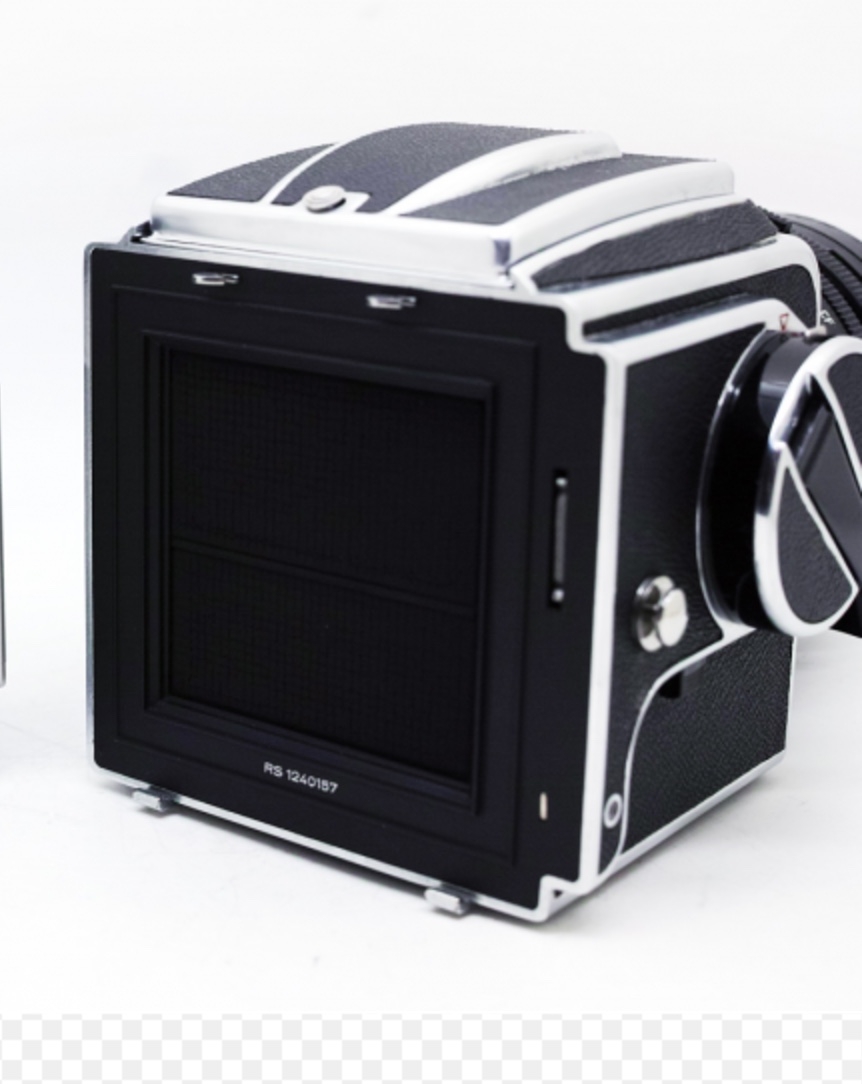Our first stop Thursday around 11:15 is at Victoria's apartment. We pick up the paper in the driveway, climb the steps, ring the bell and hand her both a hot lunch and a cold bag. In the cold bag is a milk, a piece of fruit, and something sweet. Victoria always has the TV on, but she hears the doorbell. She always thanks us. Victoria has Stage IV cancer.
Our second stop is a few blocks away. Moffet also lives in a second floor apartment. She answers the door promptly and thanks us, too. She's always in her bathrobe.
Heading north to Mr. Mui's house. We're hopeful that the Albany Senior Citizens van has brought him back from shopping or a doctor's visit before we arrive with his lunch. If not, he'll have to go to the Albany Senior Center to pick it up. Mr. Mui is Chinese. He bows, makes a prayerful gesture with his hands and says, "Doh Jeh."
Down the street a couple of blocks is Vera. Vera takes about an entire season to get from her chair, vertical, into her walker, then make it to the door. But she does. "Is this today's meal?" she asks, (which, of course, it is, in that it's today, and we're handing her food). But we say, "Yes, Vera, this is today's meal."
The last two stops are on the same street a few blocks away. The first gentleman is Rico, who no longer answers the door. His daughter does that for him now. We used to bring meals for his wife, too, but she died a year ago. I haven't met the couple who live a few doors down. They're new to the program.
We drive back to the Albany Senior Center, as we've done every Thursday for the past fifteen years and drop off our "hot bags", then head home. Often, Jadyne and I finish up by going out to lunch ourselves, usually Thai, Vietnamese, or Mexican. That's our Thursday.
And that's the program that Mr. Trump wants to cut. The White House Says Cutting Meals on Wheels is “Compassionate.” “I think it’s probably one of the most compassionate things we can do,” Mulvaney said, of slashing funding for food assistance for the elderly.” No, Mulvaney says, the "compassionate" thing to do is for tax payers, to "go to them and say, look, we're not going to ask you for your hard-earned money anymore. Single mom of two in Detroit, give us your money. We're not going to do that anymore unless they can guarantee that money will be used in a proper function." That, he says, "is about as compassionate as you can get."
Mr. Mulvaney, let's remember that the "single mom in Detroit" is also paying for Mr. Trump's weekends in Florida, and each weekend costs the same as the entire national program of Meals on Wheels.





































































